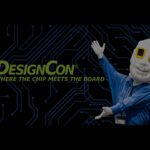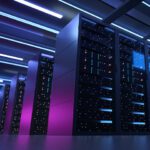Beyond the Bulb: Industrial Lighting Trends Expand Innovation in Key Markets
The possibilities that connected LED lighting offer go far beyond illuminating spaces. Smart, programmable lighting is bringing creativity and efficiency to the built environment.
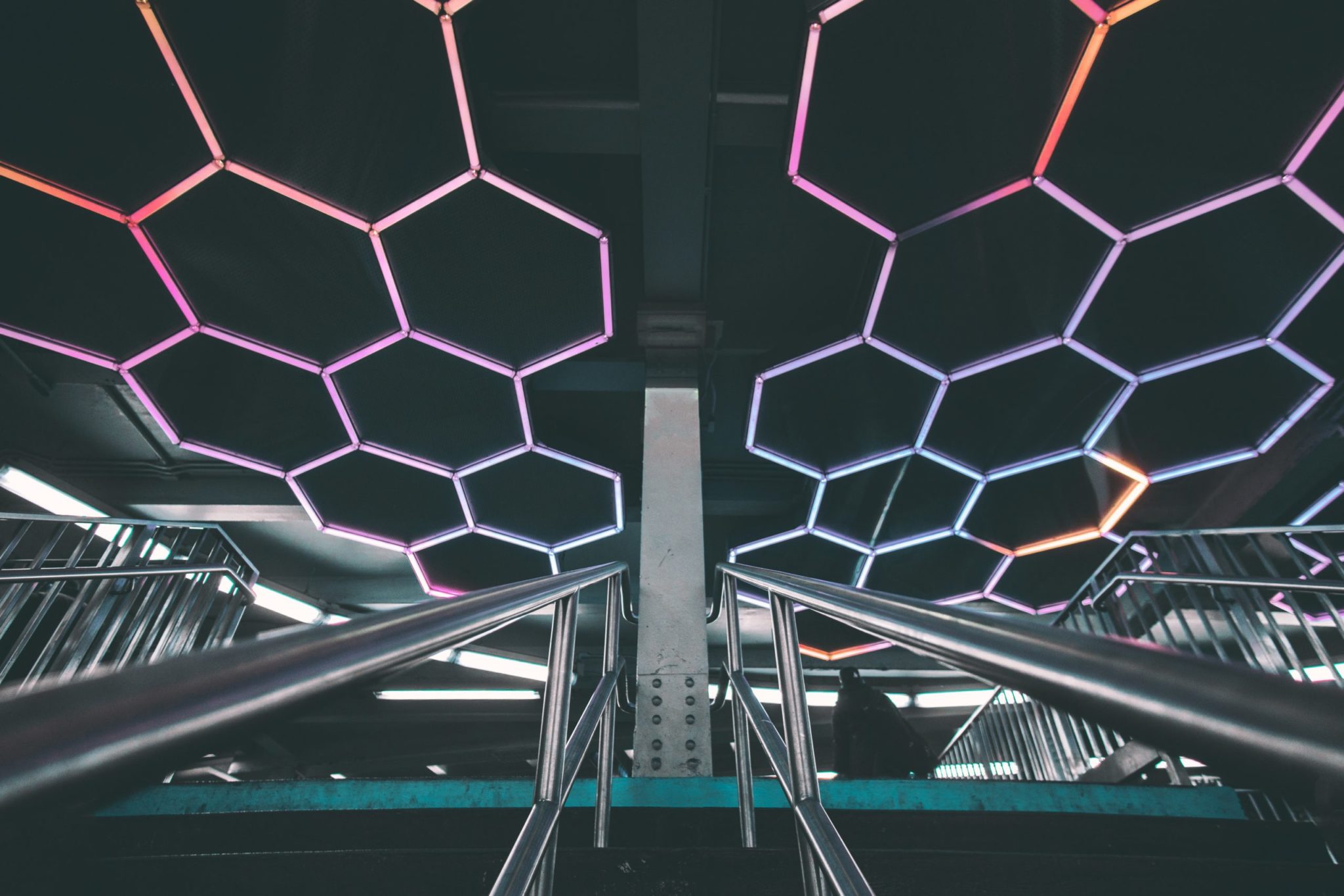
An ongoing evolution in lighting technologies is bringing new creativity and functionality to buildings, industrial sites, and urban infrastructure for industrial lighting. This evolution is largely driven by LED technology. The latest figures from the U.S. Department of Energy — from 2018 — indicate that 44% of all lighting in the U.S. is provided by LED bulbs, up from 9% in 2012. However, industry estimates suggests that the past three years have seen even greater adoption. “We’ve heard estimates as high as 60%, with a likely 90% adoption rate by 2030,” said James Dunbar, PCB manager at Phoenix Contact. “Whether that’s accurate or not, the interest from customers in LED lighting systems or retrofits has been extremely high. They can get a lot more light for a lot less money and integrate it with other systems.”
A huge range of LED connectors serve both retrofit and new designs in the size, termination style, and color needed. Push-in connectors, screw-terminal, plastic crimp, through-hole, and RJ45 options are available, and black and white plastic options help components blend into building structures. Customization is another common option. In smart building systems where data must be protected, shielded connectors and cabling can be used.
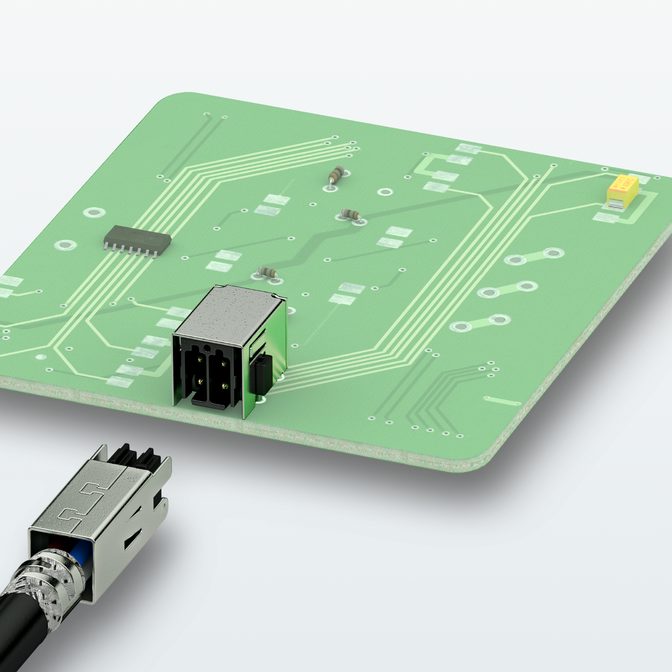
Phoenix Contact’s DMCC Shielded Connectors provide security from EMI/RFI and other interference in connected lighting systems.
The quality and variety of LED lighting has notably improved, bulb costs are now near parity with other lighting options, and the per watt costs of operating LED lights have demonstrated such dramatic reductions in energy use and costs that initial resistance to adoption has waned in most areas. New construction is implementing LED lighting as a first choice and industrial operations are transitioning to LEDs, where the efficient bulbs can greatly reduce costly high head lighting bills. Connector suppliers are helping operators design new wiring architectures that integrate LED fixtures and components into building systems, including smart building and IIoT networks.
“LEDs are selling themselves at this point. We are still supporting all types of legacy lighting systems but customers are definitely aware of the benefits that new lighting technologies offer, and they are interested in the capabilities LEDs have that go beyond just lighting,” said Collin Long, product marketing specialist, Phoenix Contact.
Those benefits include innovative strategies to increase safety in medical environments, bring creativity to building and performance spaces, and increase productivity in manufacturing and agricultural facilities.
Safer lighting
Regulation aimed at improving health and safety will further increase LED adoption. In addition to the high energy consumption of compact fluorescent lighting (CFL) and lineal fluorescent lighting (LFL), these technologies present an environmental risk in the form of mercury, a known neurotoxin. Yet they continue to be used in many industrial lighting architectures, in part because of exemptions to law carved out in the absence of an affordable alternative. Today’s affordable LEDs eliminate that excuse. In Europe, draft proposals to eliminate CFLs and LFLs under the RoHS (Restriction of Hazardous Substances) directive are now in review. A recent study found that every month mercury-containing fluorescent lamps remaining in use at current levels in Europe alone cost €16.2 million per day in wasted energy costs. An amendment to the Minamata Convention on Mercury that would remove exemptions for mercury-based fluorescent lighting products could go into effect as soon as 2025. In the U.S., the Biden administration is considering reinstating an energy efficiency standard for lighting aimed at reducing energy use and waste.

The VLMU35CL2.-275-120 series of ultraviolet LEDs from Vishay, available from TTI, Inc., are designed for germicidal applications for disinfection of bacteria and viruses.
In addition to their lower impact on environmental — and by extension, human — health, LEDs are playing a new role in disinfection technologies. UV-C LEDs use ultraviolet light programmed to specific wavelengths to kill pathogens in water, air, and surfaces. UV-C LEDs have been a valuable part of the fight against COVID-19 as hospitals use the technology to inactivate the virus in patient areas and surgical suites.

WAGO’S SMD PCB Terminal Blocks feature a low profile and white housing to minimize on-board shadowing in LED systems and blend into white environments such as medical buildings. This compact, low-profile, and highly versatile product is available in six different series.
Creative lighting
LEDs controlled by electronic circuits can be used to create striking color, movement, and responsiveness in lighting installations. These systems are changing the look of city infrastructure, commercial buildings, and performance spaces with connected, customizable lighting strategies. Building operators can use LEDs to create custom color or image displays, such as changing a building’s exterior lighting scheme to celebrate a sports team’s win or recognize essential workers, or even reduce lighting during bird migration periods.
“LEDs are smaller and more easily ‘tuneable,’ which enables a lighting designer to play with light or manipulate it to achieve a desired intensity, color, or movement,” said Dunbar. The impact isn’t just aesthetic; the next wave of innovation is now exploring the impact of lighting on psychology, productivity, and health. Programmable lighting can adjust to changing light patterns throughout the day and the year and adjust to provide building occupants with optimal light quality for wellness.
Dunbar says that LEDs integrate very easily into connected building strategies. “They are small, lightweight, high density, and you don’t even need 120V to power them; a CAT5/6 architecture can support them easily.”
LED lighting can be programmed and controlled by centralized smart building infrastructure to accomplish numerous functions, including energy savings through automatically adjusting light levels to ambient weather and daylight conditions; activating battery-powered emergency lighting in blackouts; and security monitoring. LEDs on chips with a microcontroller can work in tandem with HVAC, security, occupancy sensing, vehicle charging, energy metering, and other smart building systems, enabling highly responsive adjustments to be automated through integrated controls for optimal building performance. Lighting cost and use data can be reported through analytic interfaces.

TE Connectivity’s Endurance S Zhaga Book 18 connector system enables cities to program, monitor, and adjust street lighting.
Connected, controllable LEDs are also being designed into outdoor lighting. “Increased controls for lighting solutions are becoming the expectation, from dimming features to motion sensor detection capabilities,” said Scott Hamilton, senior manager, product management, outdoor LED lighting, TE Connectivity.
“This is largely made possible by the introduction of two-node streetlight architecture. With two nodes (in comparison to the standard single node), streetlights can increase their functionality to meet smart city demands. Capabilities like pollution monitoring, pedestrian counting, and light dimming can all be possible. IIoT centers around using data to make real-time, informed decisions. Two-node streetlight architecture helps gather extra data needed to support smart city development.”
Outdoor lighting must be ruggedized to endure changing weather conditions and extremes. ”
Productive lighting
Humans aren’t the only living things that respond to light: LEDs will help feed the world through indoor agriculture. Lighting operated with smart controls is an essential tool in creating an environment that mimics ideal light conditions for plant growth. However, protecting electronics from the harsh environment conditions is just as important in urban, indoor agriculture as it is in outdoor fields.
“Indoor farming installations have consistently been cultivating nearly 400-times more produce per sq ft than traditional agriculture,” Chris J. Bishop, president of Illumenedge, a Toronto-based horticultural lighting design agency, told IES (Illuminating Engineering Society). Light is essential for plants to perform photosynthesis. But smart lighting strategies can deliver more than just light; light can be customized to minimize shade, mimic circadian rhythms, increase yield, and shorten growth cycles, depending on the needs of the specific crop and facility.
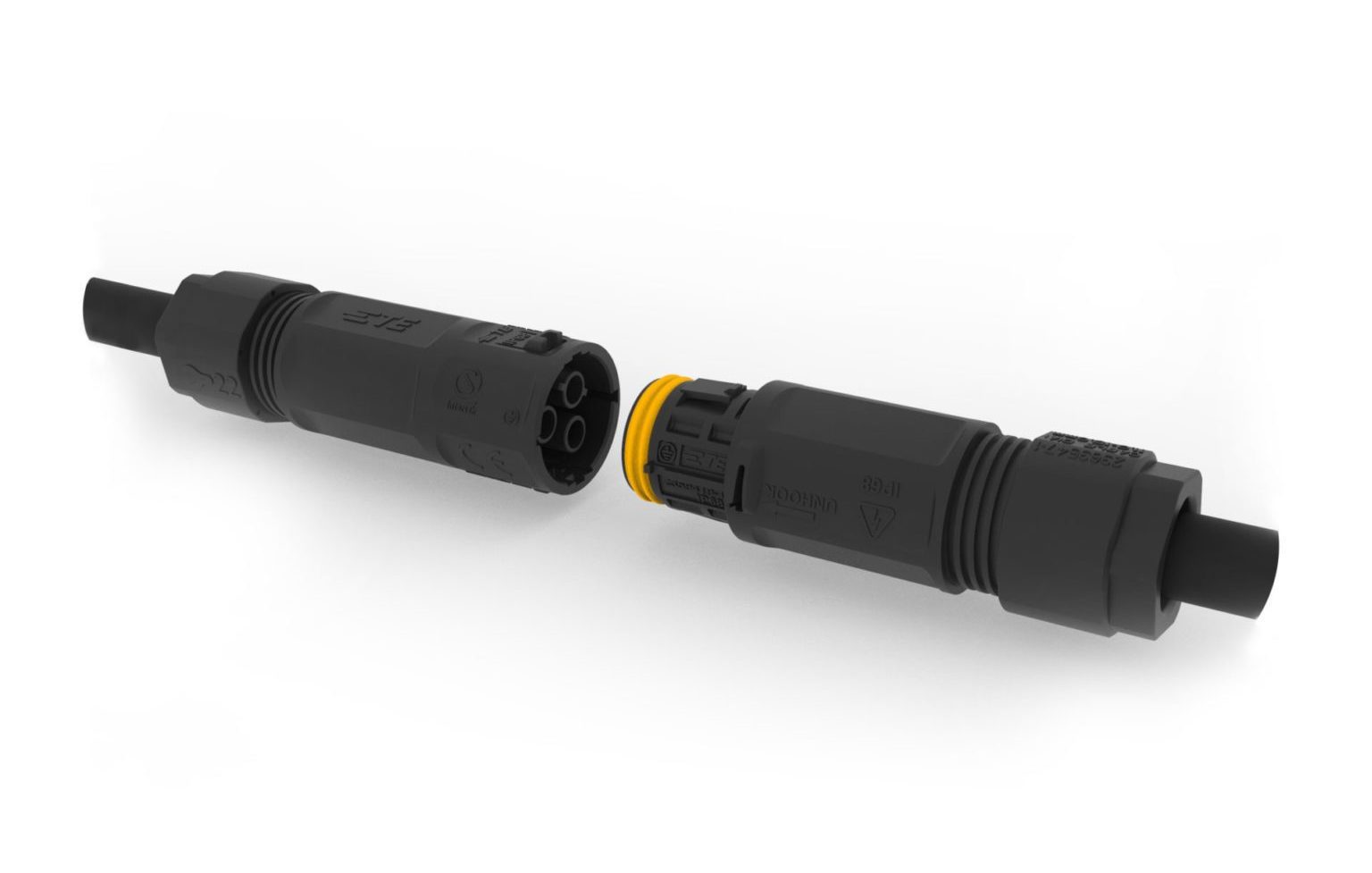
TE’s NECTOR-T pluggable connectors utilize sealed technology to offer humidity resistance, which is key in outdoor street lighting or urban farming applications.
Future lighting
The next frontier for lighting is Li-Fi, or light fidelity, a technology in which light is used to transmit data. This innovation offers higher speeds than traditional wireless technology, as well as greater security.

Mouser Electronics offers a range of connectivity components aimed at improving lighting design and performance. The next evolution will take light to the next level as a data transfer method called Li-Fi.
“Whereas Wi-Fi uses radio waves to deliver data, Li-Fi uses infrared, ultraviolet, and visible light waves, which offer several advantages. Whereas the Wi-Fi spectrum is crowded to the point of nearing crisis, the visible Li-Fi spectrum is nearly 10,000 times larger than its RF counterpart. Li-Fi can also offer data rates that are competitive with Wi-Fi, with reliable, high-quality transmission speeds up to >30 Mb/s. What’s more, Li-Fi uses Line of Sight (LoS) architecture, which makes it highly immune to hacking; data usually disappears when a hacker intercepts the data stream,” said Paul Golata, Mouser Electronics. “With these capabilities, lighting systems could offer an alternative to the ever-shrinking Wi-Fi spectrum to make lighting the hub in smart infrastructure.”
Like this article? Check out our other LEDs, IoT, and , our Industrial Market Page, and our 2021 Article Archives.
Subscribe to our weekly e-newsletters, follow us on LinkedIn, Twitter, and Facebook, and check out our eBook archives for more applicable, expert-informed connectivity content.
- Where in the World is Amphenol LTW’s Luc Kan? - April 23, 2024
- TE Connectivity’s Sustainability Efforts Pay Off - April 23, 2024
- What is a VGA Connector? - April 23, 2024

